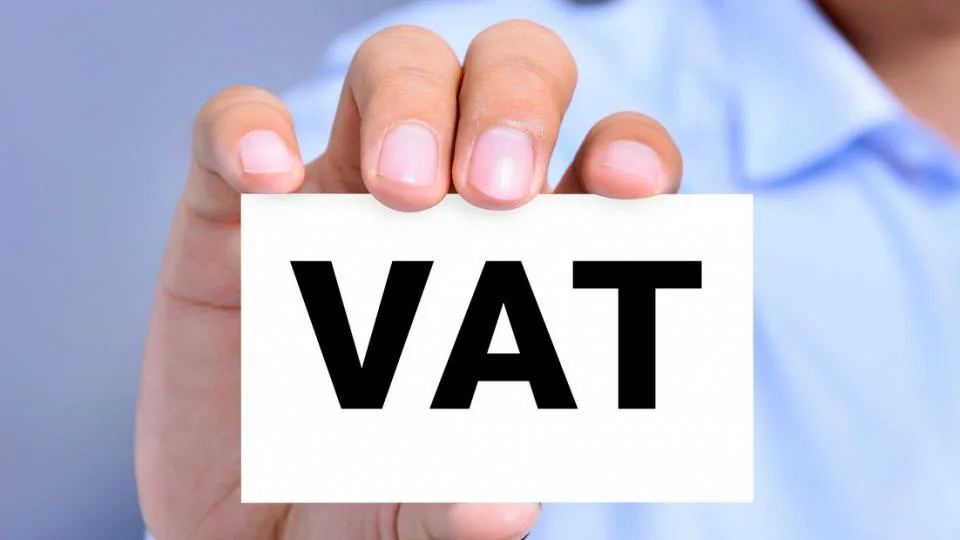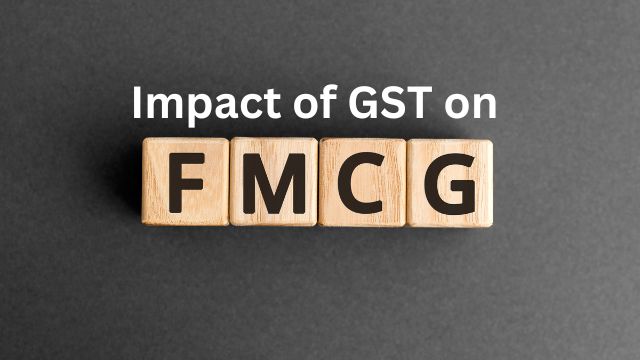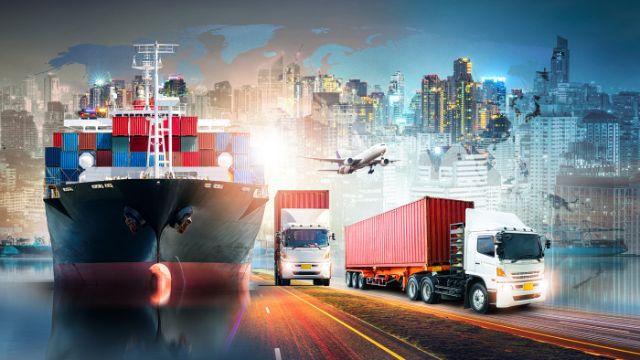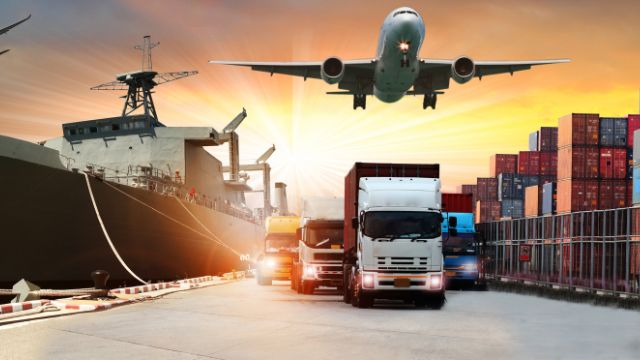Value Added Tax, also known as VAT, is imposed on a product or a service at every step in the supply chain. The logic is simple, stating that if the product’s value is enhanced, then the value-added tax should be added. The tax is calculated on the difference between the cost of the product and the new cost of the product.
For example, if the raw material for the motors was purchased at Rs 100 and the final value of the motor is Rs 150, then the tax will be calculated at Rs 50. At a 5% tax rate, the VAT here will be Rs 2.5, and the product’s final price will be Rs 157.5. We hope this has made the concept of VAT clear. Let us now move on to the next section to check the pros & cons of the VAT.
👍 Advantages of Value Added Tax
Value Added Tax has a lot of benefits for the government as well as people. We have listed some of these in the section below. Check them out now.
- Simplification of Taxes – VAT helps in the simplification of indirect taxes. In most countries, instead of charging different types of taxes, the government combines all the taxes in a single tax type. This is often called Value Added Tax. So, instead of calculating multiple taxes, it is easy to calculate them just once.
- Transparency – Transparency is higher since everyone knows the tax rates. VAT differs for different commodities, and the government usually declares it during every budget session. Since the taxes are calculated separately, it promotes transparency. Taxation is done in different steps, hence promoting transparency for the government.
- Adjustment of Taxes – VAT is adjusted for business purchases in many countries. This can be claimed back as well by the government. In such a case, you can always seek the level of adjustments available to you, and it also keeps the cost of purchase low. Moreover, VAT eliminates the need for multiple indirect taxes on a good produced.
- Easy Audits – Most businesses have to go for an audit during the annual filing. The VAT makes it easy for the auditor as well. Earlier, there used to be multiple taxes and many calculations. Today, all of this can be avoided because of VAT.
- Digitalisation of Taxes – The governments have also digitalised the systems, leading to easy tax calculation. Manual work is not required when you have to calculate the taxes. The data is sent to the tax department directly; hence, it is straightforward to file your taxes quarterly.
- Infusion in Economy – Indirect taxes generate more revenue for the government when compared with direct taxes. The revenue is collected from the income of the government. This income is again infused into the economy. It is also used for other purposes, including the welfare of the people.
- Consumption Based Tax – VAT is a consumption-based tax; hence, you are not charged all at once. You pay the VAT as you go or as you purchase things. For example, the VAT on clothes is paid only on buying the products. This keeps the lumpsum tax burden low.
👎 Disadvantages of Value Added Tax
Let us now look at the drawbacks of the value added tax.
- Discourage Spends – VAT pushes the product’s price to a higher side, discouraging people from spending. People tend to save more and spend less in case of higher tax rates. The result is less money infused back into the economy. This can be a bad thing during low inflation times when the government is trying to give a push to spend.
- Increases Cost – The tax on luxury goods and tobacco products is significantly higher. It is ok to tax the sin products, but commodities like cars and petrol become very expensive because of VAT. In a way, you are paying government direct taxes in the form of income tax, and then you are again paying additional money to the government in indirect taxes.
- Black Money – To avoid paying VAT, many people avoid invoicing products. This way, the customer can escape paying the VAT, and the business can save their income tax. This loophole results in the accumulation of unaccounted money, also known as black money. This is the root cause of many problems, and the probable solution is to lower the tax rate or bring in more vigilance.
- Changing Tax Rates – The tax rate changes very frequently. The government also keeps shuffling things from a higher tax bracket to a lower one, creating confusion. Moreover, it increases the cost of system maintenance for businesses. They need to keep updating the tax rates on their digital invoicing software to match it up with the government rates.
Conclusion
This was all about the value added tax. We hope you will have some useful insights about VAT after going through all these pros & cons. VAT is an integral part of the taxation system, and without this, the government would not be able to meet the expenses of running a country. The government keeps bringing reforms in the taxation system to make it easy for businesses to file taxes. In addition, modern-day problems are also accommodated in the VAT. If you want to know more about the VAT, you can visit the government website for the rest of the details.
VAT Frequently Asked Questions
Q1. Are VAT And GST The Same Thing?
Ans: VAT and GST are both taxes that are added to the price of goods and services, but they’re not exactly the same. VAT is a tax that’s added at each stage of production or distribution, while GST is a tax that’s added only at the final point of sale.
Q2. What’s The Difference Between Input VAT And Output VAT?
Ans: Input VAT is the tax a business pays when it buys goods or services from another business, while output VAT is the tax the business charges its customers when they buy its goods or services. The difference between the two is the amount of tax the business owes to the government. For example, if a business pays Rs. 100 in input VAT and charges Rs. 120 in output VAT, it owes Rs. 20 in VAT to the government.
Q3. How Does Cross-Border VAT Work For Businesses In Multiple Countries?
Ans: The rules for VAT can be different in each country, so it’s important for the business to follow the local regulations. The business might need to register for VAT in each country where it operates and may need to pay VAT on its purchases and charge VAT on its sales.
Q4. Can A Business Be Exempt From Registering For VAT?
Ans: In some cases, a business might be exempt from registering for VAT if its turnover is below a certain threshold or if it engages in activities that are exempt from VAT. However, the rules for exemption can vary by country.
Q5. Can Businesses Deduct VAT On Non-Core Expenses Like Entertainment Or Travel?
Ans: In general, a business can only deduct VAT on expenses that are related to its core business activities. Expenses such as entertainment or travel might not be deductible if they’re considered non-essential or not directly related to the business.















